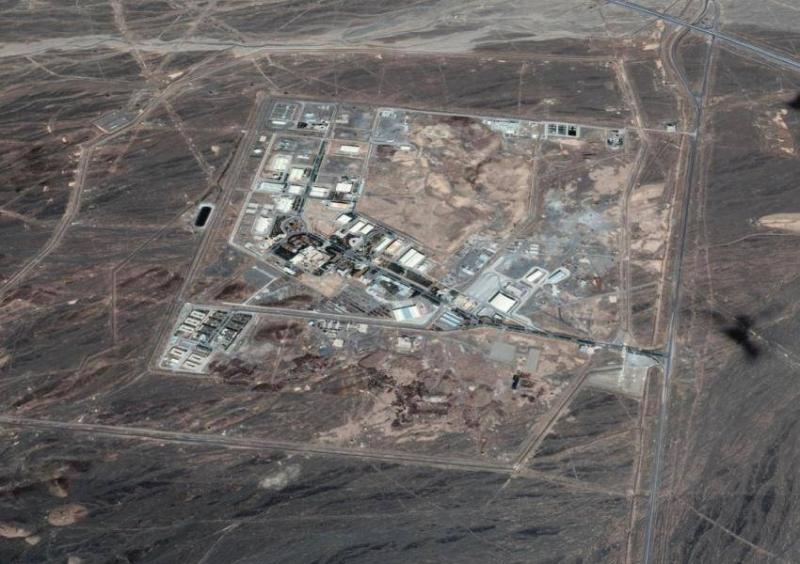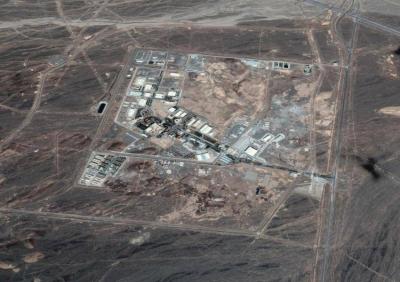On Thursday, U.S. Central Command Chief General Kenneth McKenzie stated that Iran has not taken any irreversible actions in its nuclear program amidst reports of Iran reducing the number of centrifuges for uranium enrichment at the Natanz facility. McKenzie, a Marine Corps general, told reporters, "They haven't done anything that is irreversible."
These comments come following a report from the International Atomic Energy Agency (IAEA) that Iran has decreased the number of centrifuges at its above-ground Natanz facility to enrich uranium to 60%, reducing it to one group from two previously. The report stated, "On April 21, 2021, the agency confirmed that Iran changed its production pattern of hexafluoride uranium enriched to 60% of uranium-235 at the experimental reactor for nuclear fuel enrichment in Natanz," referring to the above-ground Natanz facility.
The report added that Iran is now using one group of (IR-6) centrifuges enriching to 60% and feeding the depleted uranium from the process into a group of (IR-4) centrifuges for 20% enrichment. The (IR-4) group had previously been used for enrichment to 60%. The IAEA report did not mention the reason for this change or the number of centrifuges in each group. A previous report in February noted around 119 centrifuges in the (IR-4) group and 133 in the (IR-6) group.
The Iran nuclear agreement allows Tehran to produce enriched uranium but only at the underground Natanz facility, using the significantly less efficient (IR-1) centrifuges. The agreement also sets a maximum enrichment level of 3.67% for uranium. Iran announced its shift to enriching uranium to 60%, a leap towards the level required to produce weapons, from the previous 20% purity. This move came in response to an explosion and power outage at Natanz last week, which Iran attributed to Israel.
Iran's step complicated indirect talks with the United States aimed at salvaging the nuclear deal. The United States withdrew from the agreement in 2018 under former President Donald Trump and reimposed sanctions on Iran, which began violating the deal's nuclear activity restrictions in 2019.
**Negotiation Progress**
A senior U.S. official reported some progress in nuclear negotiations with Iran, stating that the outcome remains uncertain. During a briefing on Wednesday evening, he stated, "There is no agreement with Iran on anything at this stage; neither side will agree to anything until they see the entire picture. These are discussions where ideas are exchanged. Nothing is agreed upon until everything is agreed upon, and that is the clear principle behind these talks."
The senior U.S. official indicated that the United States and Iran have a better understanding of what they need to do to return to compliance with the Joint Comprehensive Plan of Action (the nuclear deal), noting that "if we return to mutual compliance, it would serve as a platform for discussing a broader agreement with Iran."
European parties to the nuclear agreement with Iran noted on Wednesday that they have observed progress in the first two rounds of negotiations to revive the nuclear deal established in 2015, but significant obstacles remain. Diplomats from France, Britain, and Germany told reporters, "We welcome the constructive discussions that took place in Vienna and the positive engagement from all parties so far; we have made some progress, but the road ahead is long."




